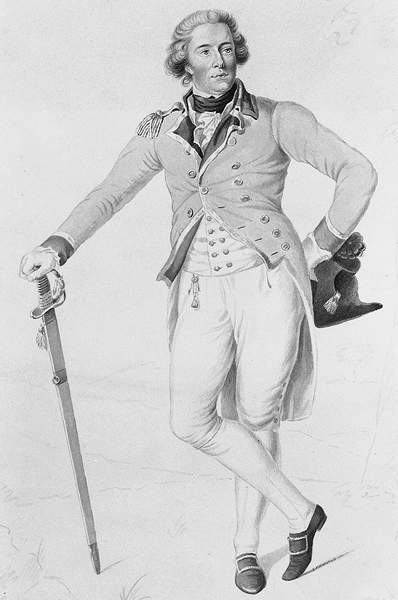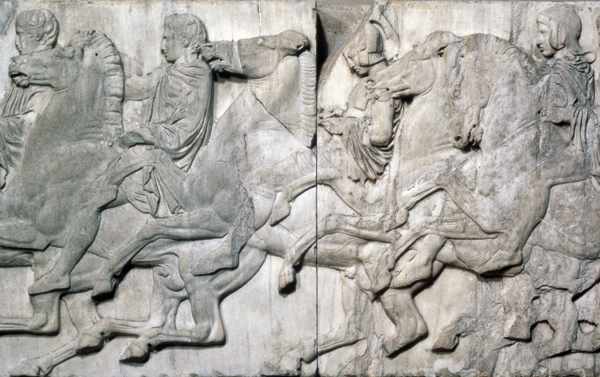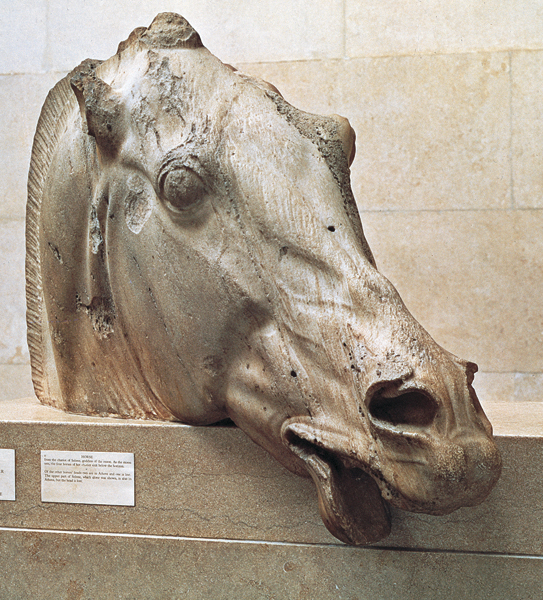Lord Elgin’s Marbles
How sculptures from the Parthenon got to the British Museum



When the Elgin Marbles appeared in London between 1802 and 1812, heady talk filled the air. They would create a revolution in the arts. They would change the tastes of the entire nation. New truths would be discovered in these old stones, carved under the direction of the sculptor Phidias in the fifth century B.C. to adorn the Parthenon, the crowning jewel of the Acropolis dedicated to the goddess Athena.
Popular interest in the marbles came from the most unexpected quarters. Inspired by some of the sculpted female heads, hairdressers invented elegant new coiffures that became the rage among English ladies in the Regency period. One riding master, distressed by the poor riding postures of his students, took his entire class to see the spirited cavalcade of the Parthenon frieze (see photo of equestrian frieze), pointing out the ease, grace and perfection of pose with which the Greek equestrians rode their steeds—without saddles or stirrups.
Already a library member? Log in here.
Institution user? Log in with your IP address.

